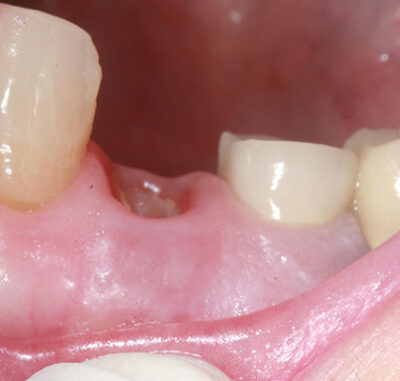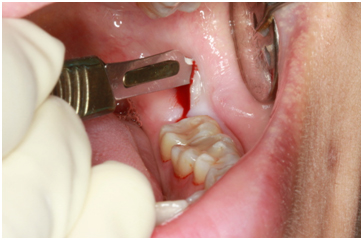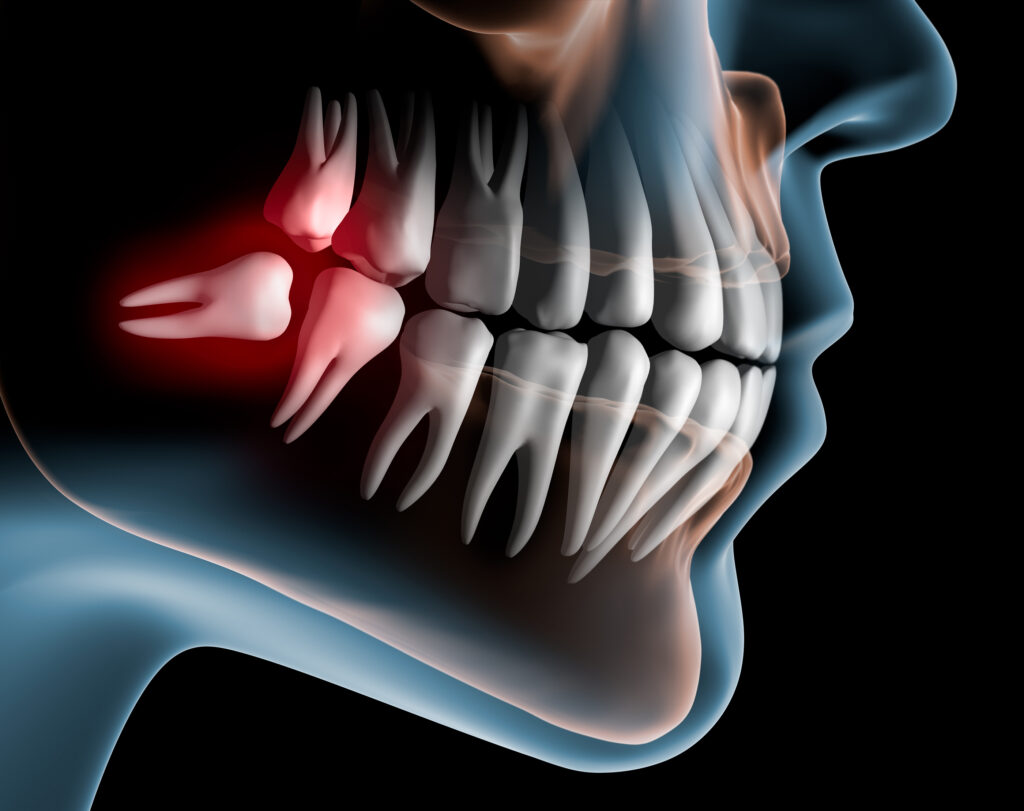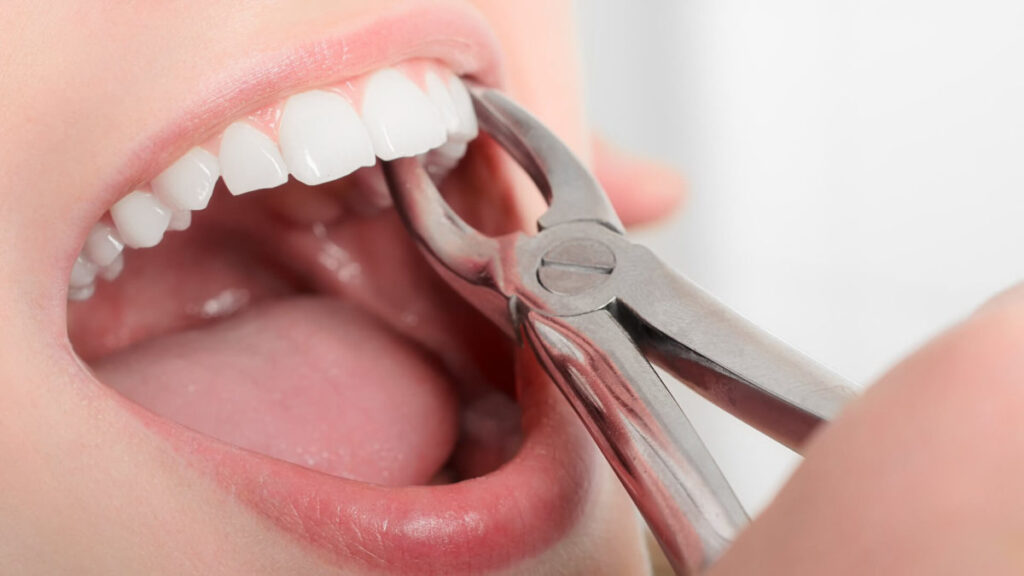Oral & Maxillofacial Surgery
Oral and Maxillofacial Surgery (OMS) is a specialty of dentistry that focuses on the diagnosis and surgical treatment of diseases, injuries, and defects of the mouth, jaws, face, and associated structures. Oral and maxillofacial surgeons are dental specialists who have completed extensive training in both dentistry and surgery to provide a wide range of surgical procedures and treatments.
Exodontia
Dental exodontia, also known as tooth extraction, is the process of removing a tooth from its socket in the jawbone. Tooth extraction may be necessary for various reasons, including severe tooth decay, advanced gum disease, impacted wisdom teeth, overcrowding, dental trauma, or preparation for orthodontic treatment.
The dentist will use specialized instruments, such as elevators and forceps, to gently loosen the tooth from its socket. The tooth is carefully rocked back and forth to widen the socket and separate the ligaments attaching the tooth to the surrounding bone. Once the tooth is sufficiently loosened, it can be lifted out of the socket.

NON SURGICAL EXTRACTION
Non-surgical tooth extraction, also known as simple extraction, is a dental procedure that involves removing a tooth without the need for surgical intervention. It is typically performed when the tooth is fully erupted and accessible for extraction.
Using specialized dental instruments called elevators, the dentist gently loosens the tooth by applying controlled force to the ligaments that hold the tooth in the socket. This helps to widen the socket and create space for the tooth’s removal.

SURGICAL EXTRACTION
Surgical tooth extraction, also known as a complex or impacted tooth extraction, is a dental procedure that involves the removal of a tooth that cannot be easily accessed or extracted using non-surgical techniques. It is typically performed by an oral surgeon or a dentist with specialized training in oral surgery.
Wisdom teeth, also known as third molars, often do not have enough space to fully erupt or align properly with the other teeth. This can lead to pain, infection, decay, or damage to adjacent teeth, requiring surgical extraction.

IMPACTION / EXTRACTION OF IMPACTED TEETH
Impacted teeth are teeth that fail to fully erupt or emerge through the gumline. They can become trapped within the jawbone or soft tissue, causing various problems such as pain, infection, damage to surrounding teeth, and orthodontic issues.
The most commonly impacted teeth are third molars, also known as wisdom teeth. However, other teeth, such as canines (maxillary canines or mandibular canines), premolars, and incisors, can also become impacted.
Marsupialization & Incision of Pathologies(Non-Malignosis)
Dental marsupialization is a surgical procedure performed to treat certain types of oral cysts or abscesses. It involves creating a small incision or opening in the cyst or abscess, allowing it to drain and form a continuous connection with the oral cavity. This procedure promotes healing by preventing the re-accumulation of fluid and promoting the natural resolution of the cyst or abscess. Dental marsupialization is commonly used for the treatment of certain types of cysts or abscesses in the oral cavity.
Bone Regeneration & Grafting Procedures
Bone regeneration and grafting procedures in dentistry are techniques used to restore or augment the bone in the jaw when it has been lost or damaged due to various reasons, such as tooth extraction, periodontal disease, trauma, or congenital defects. These procedures aim to promote the growth of new bone or provide a framework for the existing bone to regenerate. Bone grafting is a common technique used to replace or augment bone in the jaw. During the procedure, bone graft material is placed in the affected area to stimulate the growth of new bone.

XENOGRAFT
Xenograft refers to a type of bone graft material derived from an animal source, typically bovine (cow) or porcine (pig) origin. Xenografts are used in dental procedures to augment or replace bone in the jaw when there is insufficient natural bone volume or quality.
Xenografts act as a framework or scaffold for new bone formation. Over time, the patient’s own bone cells remodel the xenograft material, gradually replacing it with newly regenerated bone.

ALLOGRAFT
Allograft refers to a type of bone graft material derived from a human donor. Allografts are commonly used in dental procedures to augment or replace bone in the jaw when there is a need for bone regeneration or reconstruction.
Allografts used in dentistry have osteoconductive properties, meaning they provide a scaffold or framework for new bone growth.

AUTOGRAFT
Autograft refers to a type of bone graft material that is obtained from the patient’s own body and used to augment or replace bone in the jaw.
Autografts have inherent osteogenic potential, meaning they contain viable bone cells, growth factors, and proteins necessary for bone formation and regeneration. The transplanted bone serves as a source of osteoblasts, which are responsible for new bone formation.



